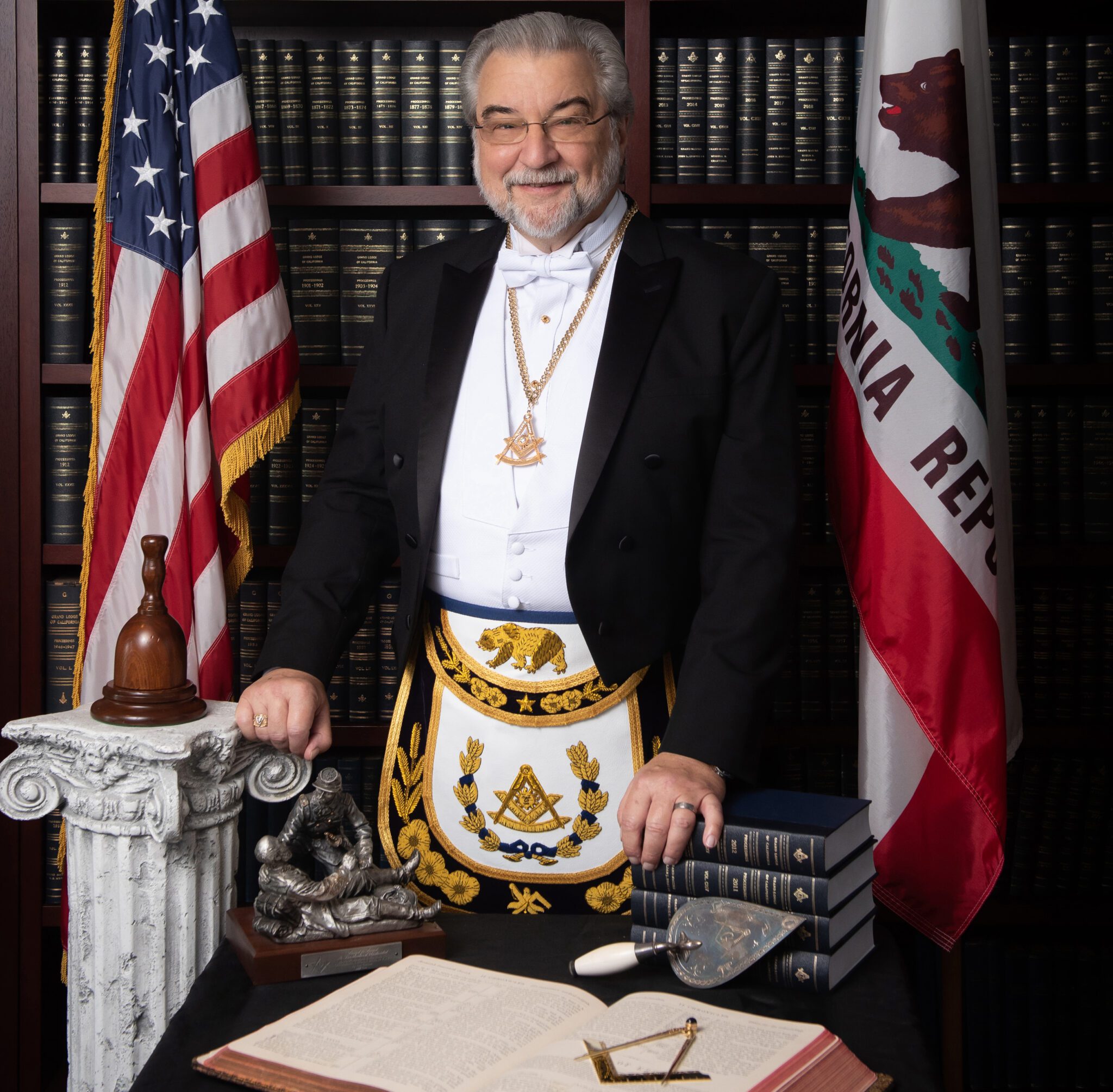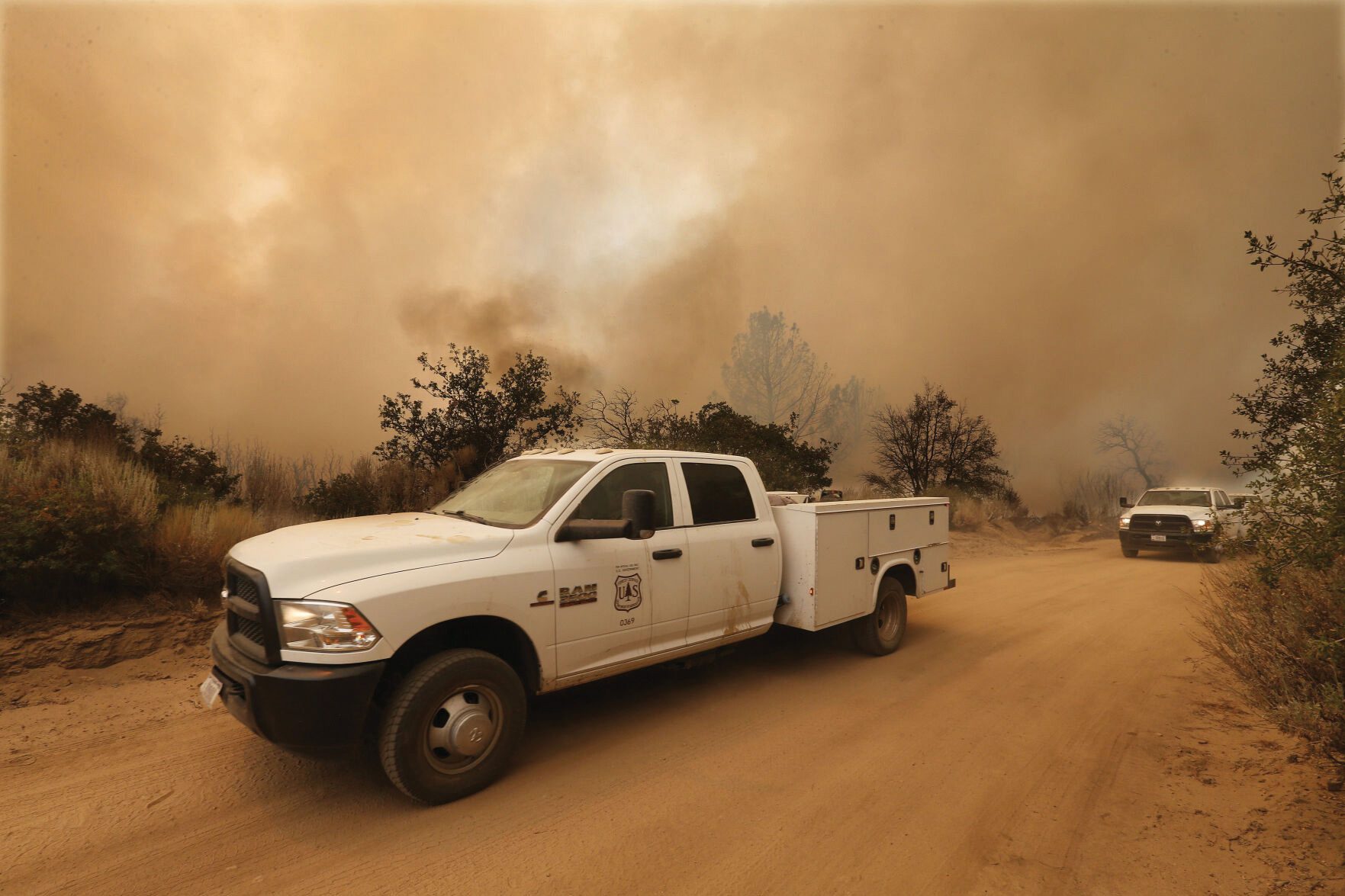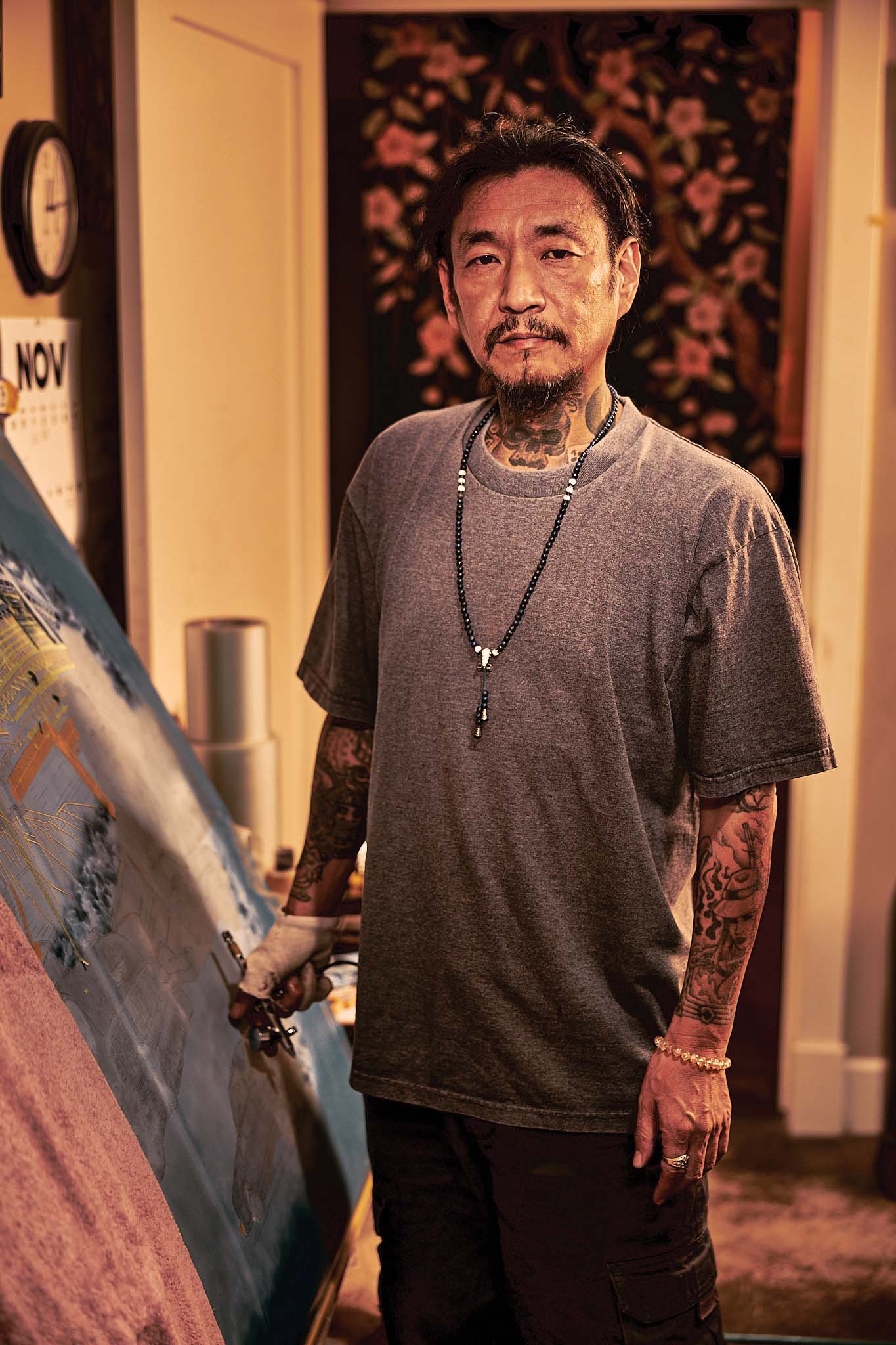
Grand Master Randy Brill: In Small Towns, A Lodge Is a Civic Center
Grand Master Randy Brill explains what small-town Masonry can teach us all.
Freemasonry has long enjoyed a reputation for being shrouded in mystery. But when it comes to Jeopardy!, Freemasonry is more like an old familiar standby. In fact, according to the website J! Archives, which tracks clues and responses covering the 38-year history of the long-running quiz show, the terms Mason, Masonic, or Freemason have been referenced at least 70 times on the show. Among the most common clues are “Mozart’s Magic Flute,” “the Shriners,” and “the Anti-Masonic Party” (the early 19th century third political party).
Here’s a bit more Jeopardy! Masonic trivia: On at least three occasions, entire categories were devoted to Masonic themes, and in April 2015, contestant Tom Imler wore a Masonic lapel pin during the game and was introduced as a member of a lodge in North Carolina.
Curiously, however, according to the online archives, only once has Masonry been the answer to Final Jeopardy. Now that’s a mystery.
Image courtesy of:
Reddit User PickleJuiceInACan

Grand Master Randy Brill explains what small-town Masonry can teach us all.

When fire threatened their community, members of Kern River Valley No. 827 turned to their greatest asset to provide Masonic relief.

Shinji Hara, a member of Anaheim Masonic Lodge No. 207, is one of the most in-demand lowrider artists in the state.